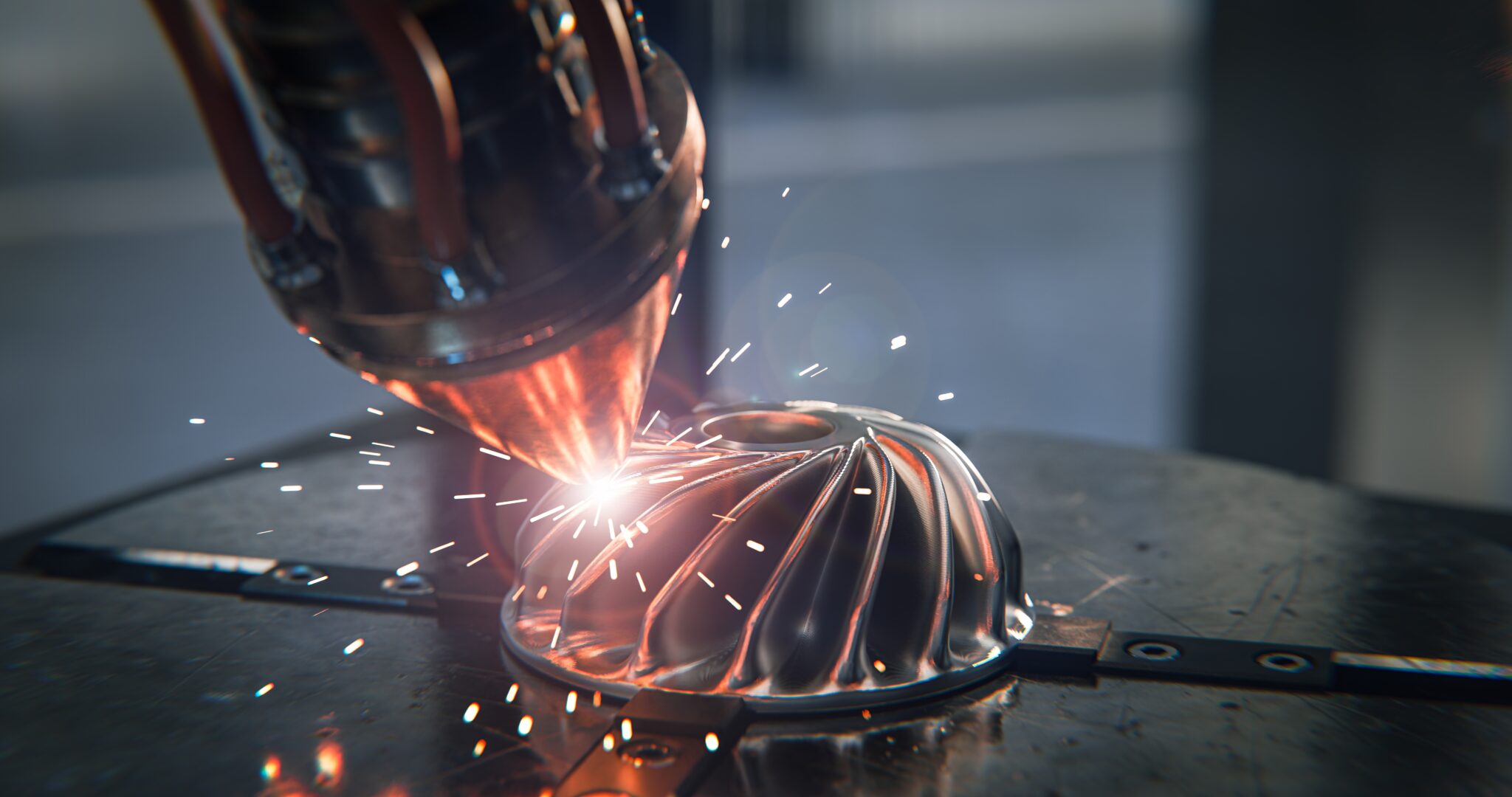NJII’s Defense Division is at the forefront of Advanced Manufacturing, particularly in the realm of additive manufacturing (AM). Through our partnerships with both public and private defense organizations, we focus on delivering cutting-edge solutions to enhance military readiness and national security.
What is Thermal Distortion?
Thermal distortion refers to the deformation of a material due to uneven heating and cooling during the additive manufacturing process. This phenomenon is especially common in metal 3D printing, where intense heat from lasers or electron beams is applied to build layers. As the material cools, it can contract non-uniformly, leading to warping or internal stresses. According to research from Penn State University, thermal distortion stems from localized heating and can result in significant dimensional inaccuracies in AM parts. This can impact the mechanical properties of the part, potentially causing defects or failures.
How Does Thermal Distortion Create Problems for Advanced Manufacturing?
Thermal distortion poses a significant challenge to the quality and reliability of parts produced via additive manufacturing. In defense applications, where precision and strength are paramount, even slight deviations can render a part unusable. According to the aforementioned study, thermal distortion can lead to cracks, residual stresses, and dimensional inaccuracies. These issues complicate post-processing steps and may result in costly material waste and production delays. Ultimately, this hampers the efficiency of AM in producing high-performance components required in defense applications.
How Can We Mitigate Thermal Distortion and Produce Better Results?
Mitigating thermal distortion requires an approach developed by NJIT and the DEVCOM – Armaments Center1, to build small cubes first and ensure that voids and defects are minimized. This helps to optimize process parameters while reducing the amount of powder that is wasted. With the increase in physical processing studies to build up the materials properties databases, it possible now to use computational tools.
NJII is committed to leveraging data-driven methodologies and advanced simulation tools to mitigate thermal distortion in additive manufacturing. By integrating these approaches into our Defense Division’s AM processes, we aim to enhance part reliability, reduce material waste, and streamline production. As we continue to refine our techniques, we are confident that our AM capabilities will become even more efficient and robust, ensuring superior outcomes for our defense partners. You can learn more about NJII’s Defense Division by viewing our homepage.
- Jelis, E., Clemente, M., (Clark) Kerwien, S. et al. Metallurgical and Mechanical Evaluation of 4340 Steel Produced by Direct Metal Laser Sintering. JOM 67, 582–589 (2015). https://doi.org/10.1007/s11837-014-1273-8
